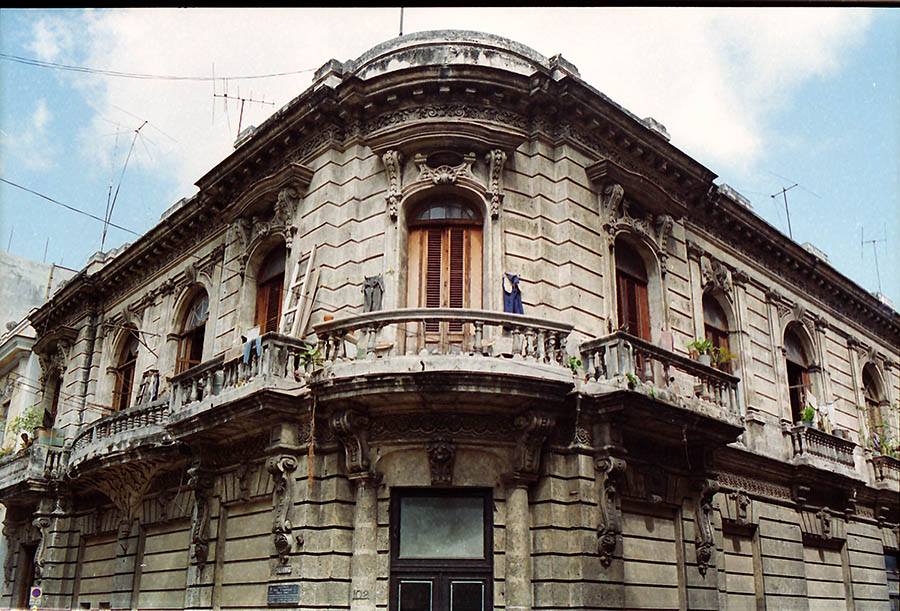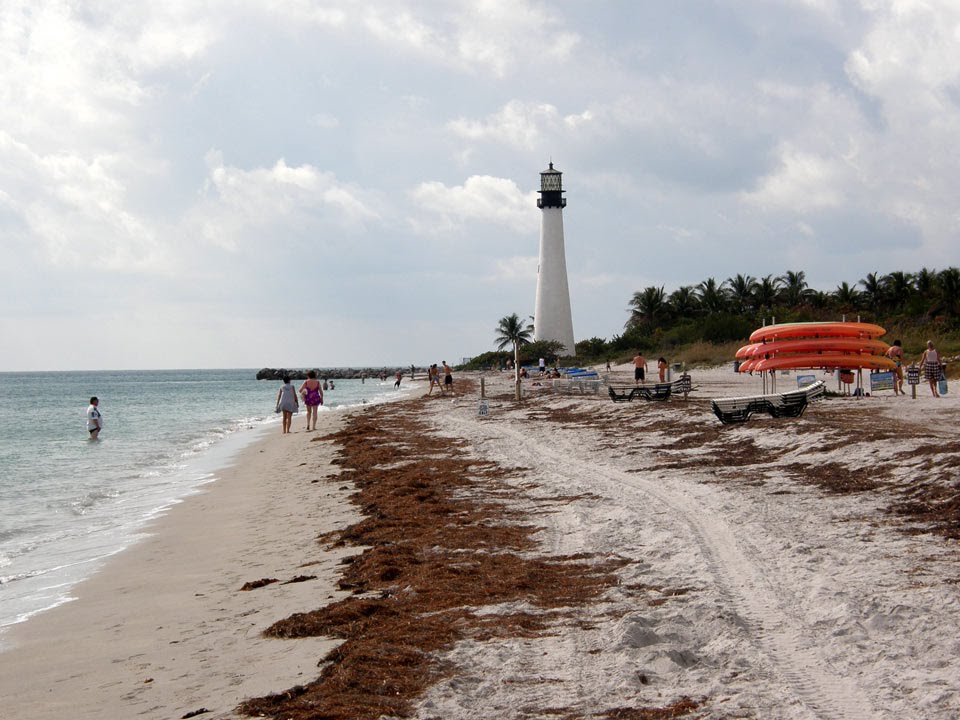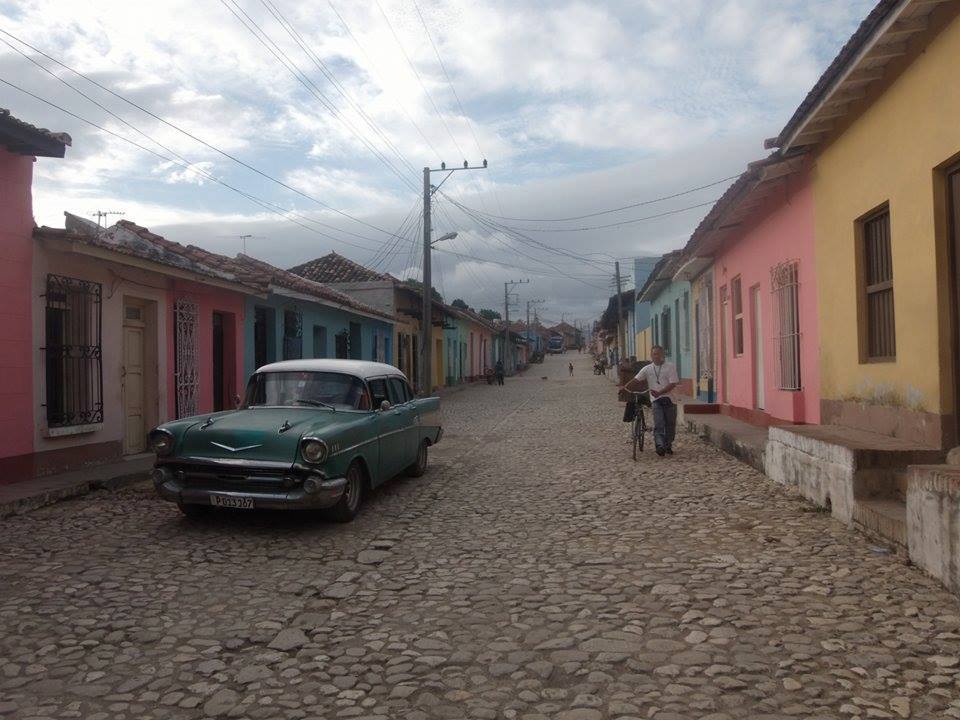![]() Cuba Travel Services will cease to operate from Tampa in September. Other Charter companies see their future “in the air” once they begin to fly to the island great airlines.
Cuba Travel Services will cease to operate from Tampa in September. Other Charter companies see their future “in the air” once they begin to fly to the island great airlines.
The planned resumption of commercial flights scheduled between the US and Cuba, after an impasse of more than 50 years, is already causing the closure of at least one company of charter flights in Tampa. The Tampa Bay Times newspaper reports that Cuba Travel Services will cease to operate from the area, and that the future of the other two companies of local Charter flights ─Island Travel & Tours-ABC Charters─ is not clear.
“We do not believe that charter companies will be able to compete with the major airlines,” said Michael Zuccato, general manager of Cuba Travel Services. “We will cease to operate chartered flights scheduled from Tampa in early September. We’re still working on an exact date”.
Regular commercial service scheduled to Cuba would gradually resume beginning August 31, with a JetBlue flight to Santa Clara. Initially the links would include airports in the provinces and tourist resorts of the island (Camagüey, Cayo Coco, Cayo Largo, Cienfuegos, Holguin, Manzanillo, Varadero, Santa Clara and Santiago de Cuba). Once it has final approval of both Governments, they will start flights to Havana.
Island Travel & Tours could not be contacted by the newspaper, but Tessie Aral, President of ABC Charters, said that although they do not plan to abandon the market tampeno, yes they admit that their company’s future is in the air after October 31, when expected the start of commercial flights from Tampa to Havana.
The main reason, explains Aral, is that, although the Cuban Government assigns landing rights to the charter in increments of six months and granted the authorization with three months in advance. The authorizations which were granted on 1 August for the cycle that begins in November has not been received.
“Everything boils down to competition”, said to the newspaper Frank Reno, President of Cuba Executive Travel, based in Tampa, and dedicated to organize “town to town” trips to the island.
“Since the day I knew that major airlines will begin service to Cuba, questions were whether the charter could hold from a purely economic point of view, and if there would be enough travelers to justify the need for both,” says Reno. “If the answer to both questions is no, I think that unfortunately the charter will disappear”.
Charter flights may reduce their high rates once Cuba to international standards reduce the astronomical figures that charges for landing fees ($24,000 for a Boeing 737-800, compared with a normal rate of $400).
However, expected that the airlines are more popular because, in addition to incentives in prices, tickets may be purchased on the internet and frequent travelers may use the accumulated miles, without that the charter do not receive baggage of transfer flights.
On the other hand, the The Miami Herald newspaper reports Wednesday that administration for safety in the transportation (TSA) of U.S. and Cuban authorities resolved the problem of the inclusion of federal air marshals on scheduled commercial flights that would gradually start between the two countries since August 31.
Agencies/MartiNews/InternetPhotos/Excerpts/Arnold Varona/TheCubanHistory.com
THE CUBAN HISTORY, HOLLYWOOD.
![]() VUELOS COMERCIALES A CUBA PARALIZA A LAS COMPAÑÍAS “CHARTERS”.
VUELOS COMERCIALES A CUBA PARALIZA A LAS COMPAÑÍAS “CHARTERS”.
Cuba Travel Services dejará de operar desde Tampa en septiembre. Otras compañías de vuelos fletados ven su futuro “en el aire” una vez que empiecen a volar a la isla las grandes aerolíneas.
La prevista reanudación de los vuelos comerciales programados entre EEUU y Cuba, luego de un impasse de más de 50 años, ya está provocando el cierre de al menos una empresa de vuelos chárter en Tampa. El diario Tampa Bay Times informa que Cuba Travel Services dejará de operar desde el área, y que el futuro de las otras dos empresas de vuelos fletados locales ─Island Travel & Tours y ABC Charters─- no está claro.
“No creemos que las compañías de chárter van a poder competir con las grandes aerolíneas”, dijo Michael Zuccato, gerente general de Cuba Travel Services. “Vamos a dejar de operar vuelos fletados programados desde Tampa a principios de septiembre. Todavía estamos trabajando en una fecha exacta”.
El servicio comercial regular programado a Cuba se reanudaría gradualmente a partir del 31 de agosto, con un vuelo de JetBlue a Santa Clara. Inicialmente los enlaces incluirían a aeropuertos en las provincias y polos turísticos de la isla (Camagüey, Cayo Coco, Cayo Largo, Cienfuegos, Holguín, Manzanillo, Varadero, Santa Clara y Santiago de Cuba). Una vez que se cuente con las aprobaciones finales de ambos gobiernos, comenzarán los vuelos a La Habana.
Island Travel & Tours no pudo ser contactada por el periódico, pero Tessie Aral, presidenta de ABC Charters, dijo que aunque no planean abandonar el mercado tampeño, sí admiten que el futuro de su empresa está en el aire después del 31 de octubre, cuando se prevé el comienzo de los vuelos comerciales desde Tampa a La Habana.
La razón principal, explica Aral, es que, aunque el gobierno cubano asigna los derechos de aterrizaje a los chárter en incrementos de seis meses y concede la autorización con tres meses de antelación. Las autorizaciones que debieron otorgarse el 1 de agosto para el ciclo que comienza en noviembre no se han recibido.
“Todo se reduce a la competencia”, dijo al diario Frank Reno, presidente de Cuba Executive Travel, con sede en Tampa, y que se dedica a organizar viajes “de pueblo a pueblo” a la isla.
“Desde el día en que supimos que las grandes compañías aéreas empezarían el servicio a Cuba, las preguntas eran si los chárter podrían sostenerse desde un punto de vista puramente económico, y si habría suficientes viajeros para justificar la necesidad de ambos”, señala Reno. “Si la respuesta a ambas interrogantes es no, creo que desgraciadamente los chárter desaparecerán”.
Los vuelos chárter podrán abaratar sus elevadas tarifas una vez que Cuba reduzca a los estándares internacionales las astronómicas cifras que cobra por derechos de aterrizaje ($24.000 para un Boeing 737-800 , comparado con una tasa normal de $400).
No obstante, se espera que las aerolíneas sean más populares porque, además de los incentivos en los precios, los boletos podrán comprarse en internet y los viajeros frecuentes podrán usar las millas acumuladas, sin contar con que los chárter no reciben equipaje de vuelos de transbordo.
Por otro lado, el diario The Miami Herald informa este miércoles que La Administración para la Seguridad en el Transporte (TSA) de EEUU y las autoridades cubanas resolvieron el problema de la inserción de alguaciles aéreos federales en los vuelos comerciales programados que se iniciarían gradualmente entre ambos países desde el 31 de agosto.
Agencies/MartiNews/InternetPhotos/Excerpts/Arnoldo Varona/TheCubanHistory.com
THE CUBAN HISTORY, HOLLYWOOD.















